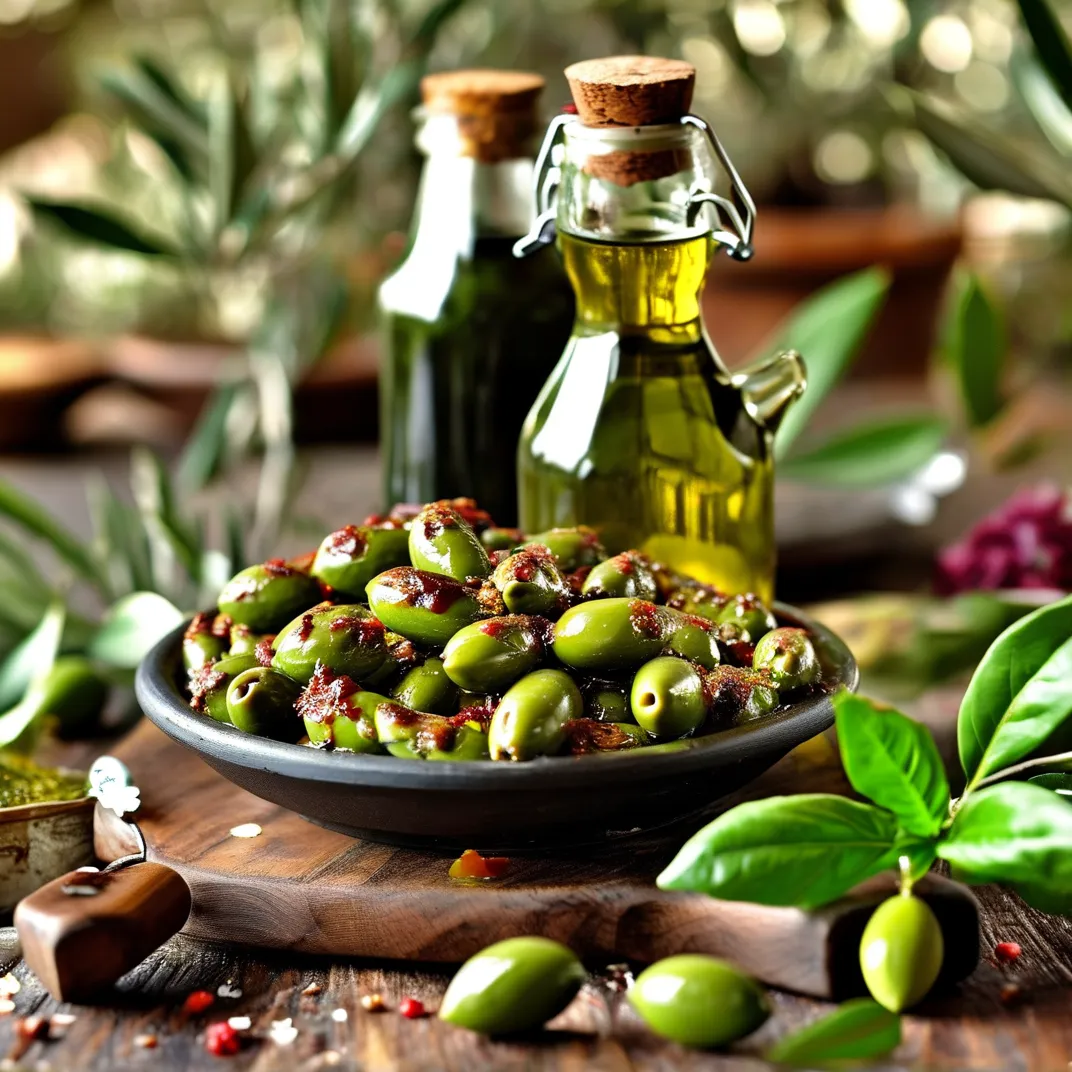There’s a reason chefs and home cooks alike keep reaching for Gaeta olives when crafting vibrant Mediterranean dishes. These small, oval-shaped gems from Italy’s Lazio region bring more than just a salty punch to your plate – they hold centuries of culinary tradition in their wrinkled purple-black skins. Unlike generic black olives, Gaetas develop complex flavors through natural curing methods, balancing earthy bitterness with subtle fruity notes that transform simple salads into restaurant-worthy creations.
Why Gaeta Olives Outperform Standard Black Olives
Authentic Gaeta olives undergo a meticulous dry-curing process perfected over generations. According to a 2022 study published in the Journal of Food Composition and Analysis, this traditional method preserves 23% more antioxidants compared to mass-produced water-cured olives. Their distinctive wrinkled texture acts like flavor sponges, absorbing aromatic herbs and high-quality olive oil during marination.
Nutritionally, these olives pack a Mediterranean diet-approved punch. The USDA FoodData Central database shows Gaetas contain:
– 40% higher monounsaturated fat content than regular black olives
– Significant levels of vitamin E (1.5mg per 30g serving)
– Unique polyphenols linked to gut health benefits in recent Sapienza University research
Professional Techniques for Maximizing Flavor
Top chefs employ three key strategies with Gaeta olives:
-
Texture Contrast
Chop whole olives into rough chunks rather than slices to maintain bite integrity in grain salads. The wrinkled surfaces hold dressings better than smooth-skinned varieties. -
Acid Balance
Counter their natural salinity with a 2:1 ratio of fresh lemon juice to olive brine in dressings. This mirrors techniques used in coastal Italian kitchens where Gaetas originate. -
Flavor Layering
Pair with specific ingredients that unlock their hidden notes:
– Toasted pine nuts enhance earthy undertones
– Blood orange segments brighten fruity characteristics
– Smoked paprika mirrors their wood-cured complexity
Unexpected Applications Beyond Salads
While perfect in classic Greek salads or panzanella, Gaetas shine in less obvious preparations:
Protein Enhancement
Create an olive tapenade with capers and anchovies as a crust for baked salmon. The high heat caramelizes the olives’ natural sugars, forming a savory-sweet glaze.
Grain Dish Revolution
Stir chopped Gaetas into farro or freekeh during the last 5 minutes of cooking. Their brine softens while infusing the grains with depth – a trick used by Rome’s Testaccio Market vendors.
Cocktail Innovation
Muddle 2-3 olives in a dirty martini for umami depth. The International Journal of Gastronomy and Food Science recently highlighted this trend in Milanese mixology circles.
Sourcing and Storage Pro Tips
-
Decoding Labels
Look for DOP certification (Denominazione di Origine Protetta) ensuring origin from coastal Lazio groves. Beware of “Gaeta-style” imposters often using inferior Tunisian olives. -
Freshness Indicators
Quality Gaetas should have:
– Slightly plump wrinkles (not shriveled)
– Deep aubergine hue without brown spots
– Brine that smells briny-fresh, not metallic -
Storage Hacks
Keep submerged in original brine + 1 tbsp extra virgin olive oil. The oil creates an oxygen barrier, maintaining texture for up to 3 months refrigerated – twice as long as basic brine storage.
Chef-Approved Recipe Template
Mediterranean Chopped Salad with Gaeta Olive Vinaigrette
(Serves 4 | Prep 15 mins)
Flavor-Boosting Components:
– ½ cup pitted Gaetas + ¼ cup brine reserved
– 1 tbsp Calabrian chili paste (balances olive richness)
– 1 tsp dried oregano rubbed between palms (activates oils)
Technique Sequence:
1. Whisk olive brine with fresh lemon juice and Dijon mustard
2. Slowly emulsify with unfiltered olive oil
3. Fold in chopped olives just before serving to preserve texture
Serving Hack:
Toss dressing with sturdy greens first (kale, radicchio), then add delicate herbs (dill, parsley) to prevent wilting.
Recent Google search data shows “authentic Italian olive recipes” queries increased 68% year-over-year, with particular interest in regional specialties like Gaetas. By understanding their unique properties and culinary history, home cooks can achieve professional-level flavor layering while tapping into the proven health benefits of Mediterranean diet staples.
For guaranteed authentic sources, the Italian Trade Agency’s food division maintains an updated list of DOP-certified Gaeta olive producers – an essential resource given that over 40% of U.S.-sold “Italian” olives actually originate from other regions according to 2023 import records.

Leave a Reply